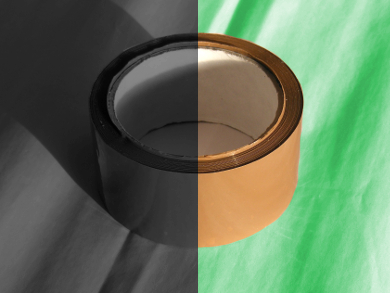Reversible adhesives have potential for applications such as removable prosthetic devices, transfer printing, and automotive or aircraft assembly. These adhesives can bond, detach, and rebond with a minimal loss of bonding strength.
Stuart Rowan and colleagues, Case Western Reserve University, Cleveland, OH, USA, developed a series of semicrystalline polymers with disulfide bonds. These polymers exhibit a decrease in crystallinity and viscosity, causing moderate adhesion to a substrate, when they are heated to 80 °C (above their melting points). Heating these adhesives above 150 °C and exposing them to UV light enhances the adhesion as a result of the dynamic exchange of disulfide bonds in the network.
The researchers used their adhesives to bond glass slides. Heating the adhesives and exposing them to UV light produced a bond that was strong enough to support a 200 g weight. When the adhesive was exposed again to the same wavelength of UV light, it underwent cohesive failure, and the joint slides came apart. The authors repeated the bonding and release cycles three times, with no significant degradation of the bonding strength. They saw the same effect with a variety of substrates, contact forces, and deformation modes.
- Stimuli-Responsive Reversible Two-Level Adhesion from a Structurally Dynamic Shape-Memory Polymer,
Brian T. Michal, Emily J. Spencer, Stuart J. Rowan,
ACS Appl. Mater. Interfaces 2016.
DOI: 10.1021/acsami.6b01251




